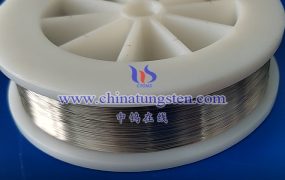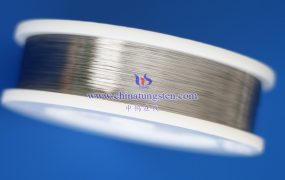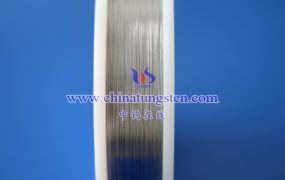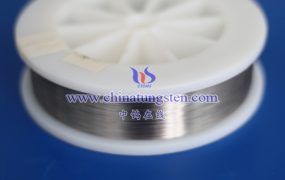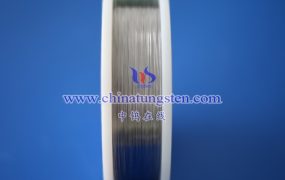The bending strength test method of tungsten wire mainly includes the following steps:
- Basic principle
The bending strength test applies a force perpendicular to its axis to the specimen, causing the specimen to bend and deform until it breaks, thereby measuring the maximum bending stress it can withstand. This test method can directly reflect the bearing capacity of the material under complex stress conditions.
- Test steps
Specimen preparation:
Prepare suitable tungsten wire specimens according to standards or experimental requirements, usually in the form of long strips, with rectangular or circular cross-sections.
The specimen size must be precisely controlled, and the surface should be flat and smooth, without defects such as cracks and slag inclusions.
It should be noted that there is bending stress inside the bent tungsten wire material. If a bent tungsten wire is used in the experiment, the tungsten wire will not be completely clamped in the center of the fixture, resulting in a balance deviation of the torsion balance, affecting the test results. Therefore, it should be ensured that the specimen is straight.
Testing equipment:
Use a universal material testing machine (also called Three-point/four-point bending strength tester) for testing. This equipment can accurately apply and measure loads and record the deformation of the sample during loading.
Install the sample:
Properly install the tungsten wire sample in the fixture of the testing machine, ensuring that the axis of the sample is perpendicular to the loading direction.
Preload:
Apply a small initial load to eliminate the gap between the sample and the fixture to ensure the accuracy of the test.
Formal loading:
Increase the load at a constant rate until the sample breaks. The testing machine should be able to automatically record the load and sample deformation data during loading.
Data processing:
After the test, the bending strength is calculated based on the recorded data. The calculation formula for the three-point test bending strength is: R=3FL/(2bh²), where R is the bending strength of the sample (MPa), F is the load when the sample breaks (N), L is the span (mm), b is the width of the sample (mm), and h is the thickness of the sample (mm).

3. Precautions
Sample size: The selection of sample size should follow relevant standards or experimental requirements. Samples that are too large or too small may affect the accuracy of the test results.
Loading rate: The choice of loading rate should be determined according to the characteristics of the material and the experimental requirements. Too fast or too slow loading rates may affect the fracture behavior of the material.
Temperature and humidity: The temperature and humidity of the test environment will also affect the bending strength of the material, so they should be controlled within a certain range to ensure the reliability of the test results.
Equipment calibration: Before the test, the universal material testing machine should be calibrated to ensure its precision and accuracy.
More details of tungsten wires, please visit website: http://tungsten.com.cn/tungsten-wires.html
Please contact CHINATUNGSTEN for inquiry and order of tungsten needles:
Email: sales@chinatungsten.com
Tel.: +86 592 5129595

